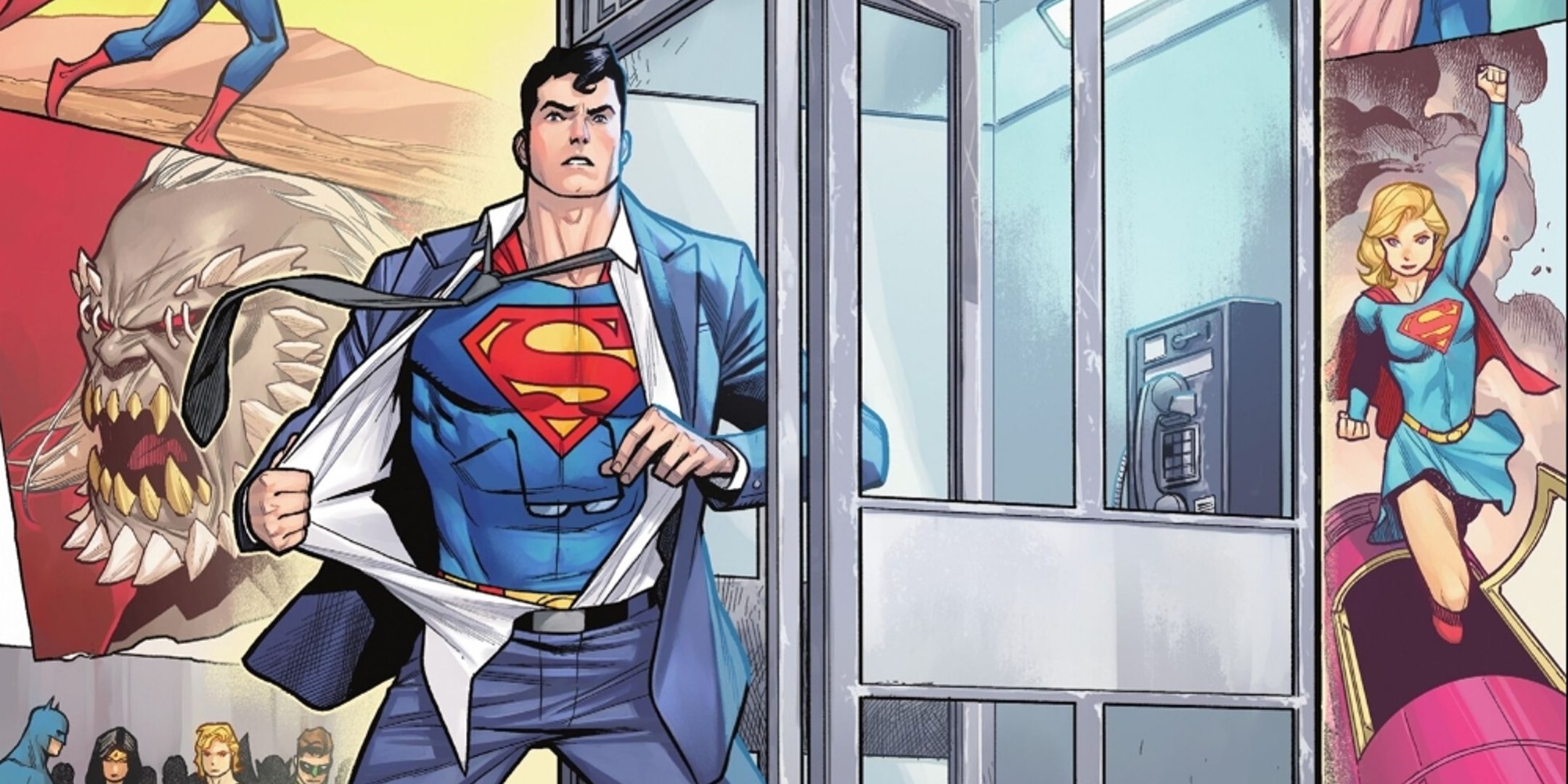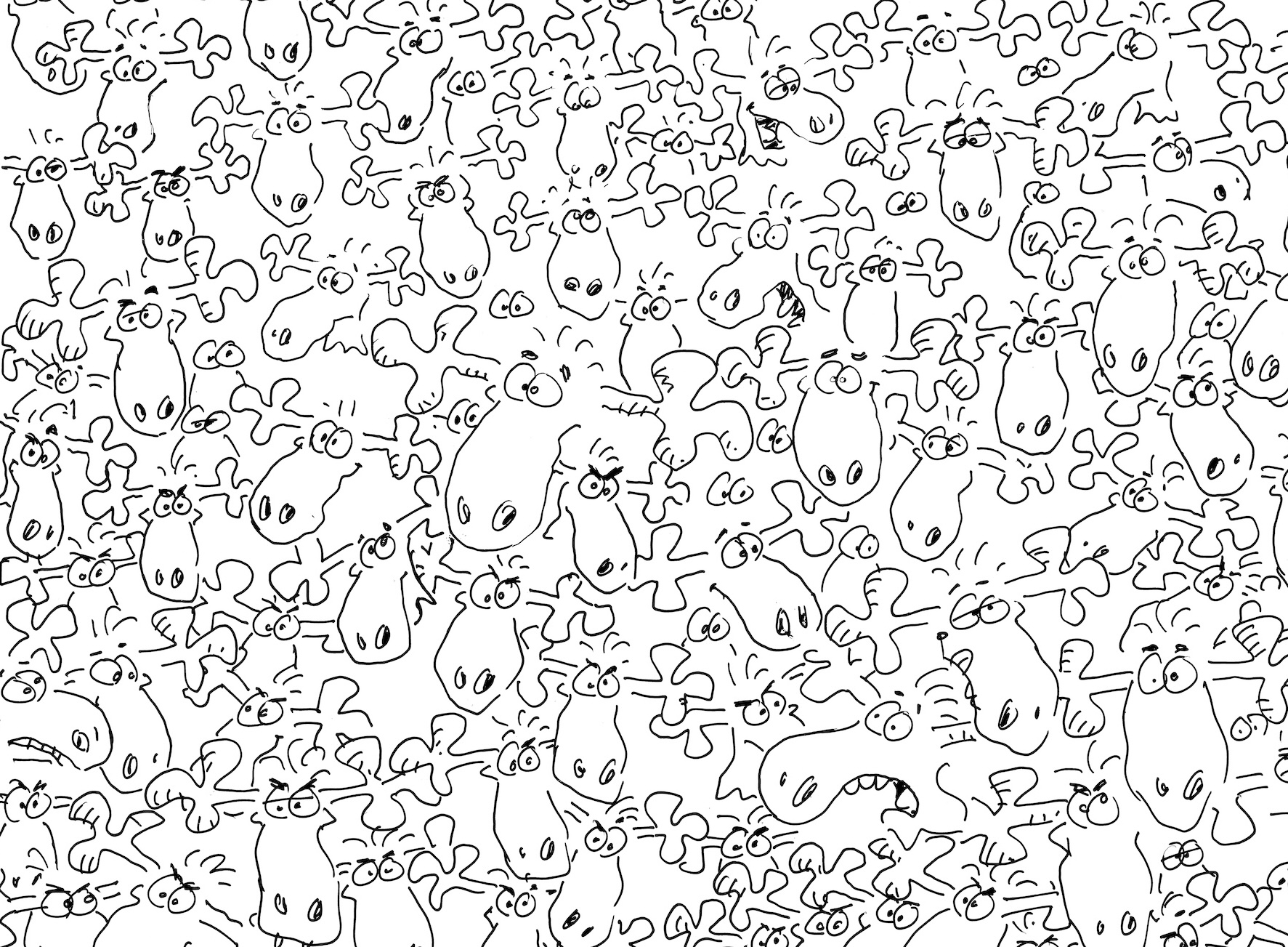Bienvenidos, Jazz Pickles! Thanks for your retinas.
This weekend in Mexico, we celebrated Dia de los Muertos (Day of the Dead). Before I came here, I thought it was the Mexican version of Halloween. It most definitely is not!
Because I love costumes, parties, and any excuse to indulge my sweet tooth, Halloween has long been my favorite American holiday. But I’ve come to love Day of the Dead for completely different reasons.
Unlike the Halloween I grew up with, Dia de los Muertos has yet to be warped into another excuse to overindulge oneself with parties, booze, and a door-to-door search for the building blocks of diabetes. Though the US’s influence is steadily creeping in, Dia de los Muertos is still rooted in cultural and spiritual traditions that I find deeply meaningful.
For most Mexicans, it is still a spiritual occasion that draws on generations of life and loss that I have found myself embracing despite my distaste for institutional religion. To my Mexican neighbors, it is a day of respectful remembrance and celebration of the lives of all of our loved ones who have passed before us.
A few days before the date, people put up small altars in their homes or on the street outside their gates with candles, flowers, photos of deceased family members and friends, small representations of their favorite foods, drinks, and vices (a cigar, a pack of cigarettes, a shot glass of tequila or bottle of beer are not uncommon), and often a small religious statue or symbol.
The photos below show the altar we constructed in our house this year. Olive Oyl did all the work while I nodded with approval from a safe distance.
The examples above are from one seen around town. Humorous elements are often included.
The official days are the first and second of November (Nov 1st is for babies and children who have passed, Nov 2nd for adults) the cemetery is packed with families visiting the graves of their loved ones. While it is not as wild as a parking lot full of tailgate parties, the atmosphere is not at all reminiscent of a funeral. It’s more like a semi-somber celebration of life.
Families decorate the graves in all kinds of creative ways—flowers, plants, piñatas, toys, garlands—and spend a few hours sharing food and drink and visiting with each other.
Examples of decorated graves. As you can see, they go all out!
To Americans, it may sound macabre, but the atmosphere is one of celebration of those they love and miss, and an inclusion of the spirits of the departed. There are always a few music groups playing, children laughing and running around, and people enjoying themselves and their memories.
It seems as though a hundred families have decided to have a family reunion picnic on the same day in the same park.
Dia de los Muertos also serves to remind us that our time here is brief and precious, and that the important things in life are not power and possessions, but each other.
One last favorite aspect of mine about DotD: though the holiday has come to include costumes and parades, none of the iconography is about fright, monsters, zombies, superheroes, or cartoon characters. In honor of the dead, the costumes are individual versions of fancy, old-fashioned clothing and people’s faces are painted like skulls. The flowers and designs they often add to the skeletal makeup suggest that death can be seen as a natural part of a beautiful life, rather than something to be frightened of.
As demonstrated here, the costumes are different but the theme is the same. There are no witches, Frankensteins, or other characters from pop culture.
I’ll conclude with these favorite photos of Olive Oyl and me a few years ago, in front of a mural by our friend Will Wilson, an extraordinary painter. (That tail that looks like it’s coming out of my hat belongs to the jaguar in the painting.)



















 English (US) ·
English (US) ·